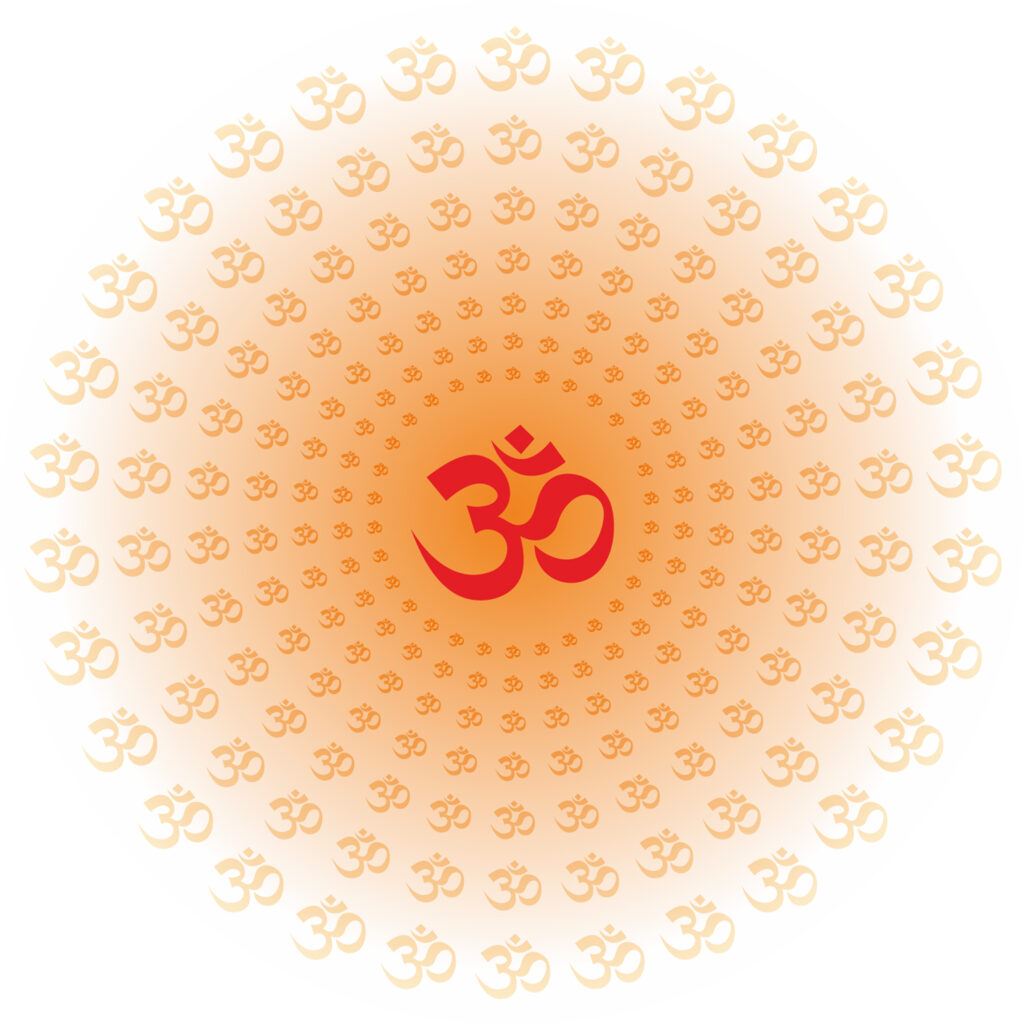Why is Hinduism considered close to Science?
Hinduism is often regarded as having certain philosophical and conceptual elements that are seen as compatible or parallel to scientific principles.
Why do we wear Janeu?
The significance of the sacred white thread worn by Hindus
Why do we do Arti?
Significance of a diya, a lamp, in Hindu rituals is quite prominent. The most basic purpose of a lamp is to illuminate. But after illuminating comes observation. Observing the glory of God from top to bottom is why we do Arti.
Vedanta
Vedanta is a school of Hindu philosophy that is based on the teachings of the Upanishads, which are a collection of ancient Indian scriptures. The word “Vedanta” literally means “end of the Vedas,” and it is so named because it represents the culmination or highest teachings of t
What Is Sanatan Dharma?
Sanatana Dharma, often referred to as Hinduism, is one of the oldest religions in the world, with roots dating back thousands of years. “Sanatana” means eternal or everlasting, and “Dharma” can be translated as duty, righteousness, or the natural order of things.
What is Cosmos and how is it related to Hinduism?

The term “cosmos” refers to the entire universe, including both the visible and invisible realms. In Hinduism, the concept of cosmos is deeply intertwined with its religious and philosophical beliefs.
Vaisesika: Attaining Knowledge with Inference and Perception
This blogpost elucidates the concept of Vaisesika Philosphy of Hinduism. It explains how Sage Kanada defines the meaning of this universe with the help of this philosophy.
Swastik
The prominence of the sacred equilateral cross symbol across religions and cultures
The Science of Meditation
What is Meditation; its purpose, benefits and impact on the human mind.
The Caste System
The four social castes of Hinduism and their characteristics – an important yet misunderstood concept
16 Samskaras (rites of passage)
Samskara means “impression” or “imprint” and refers to the purification and transformation of an individual’s life through these rituals. There are 16 stages of life and their prominence in Hinduism.
Sameedh = Offerings to a Yagna
What does Sameedh really mean?
Reincarnation
The significance of the process of birth, death and rebirth in Hinduism
Om the origin
The origin and significance of the sacred symbol of ॐ
Nirvana
Meaning and relevance of the highest state of consciousness
Nirjala Ekadashi
The word “Nirjala” translates to “without water” in Hindi, and this Ekadashi is characterized by a strict fasting practice that involves abstaining from both food and water. It is considered the most austere and difficult Ekadashi observance.
Nakshatra
The meaning and significance of moon positioning to indicate horoscopes in Hinduism
Mimamsa: The Rationale of Vedas
This post discusses one of the most fundamental Hindu philosophies. It details how and why Vedas are important to achieve spiritual enlightenment and Moksha.
Katha Upanishad
The Katha Upanishad, or Kathopanishad, is a mukhya (basic) Upanishad found in the last eight brief parts of the Krishna Yajurveda’s Katha school.
Karma
The meaning and relevance of actions and deeds in Hinduism
Duality Vs Non-Duality: The Debate on Existence
This blogpost describes the concept of two different philosophies and the debate between the two.